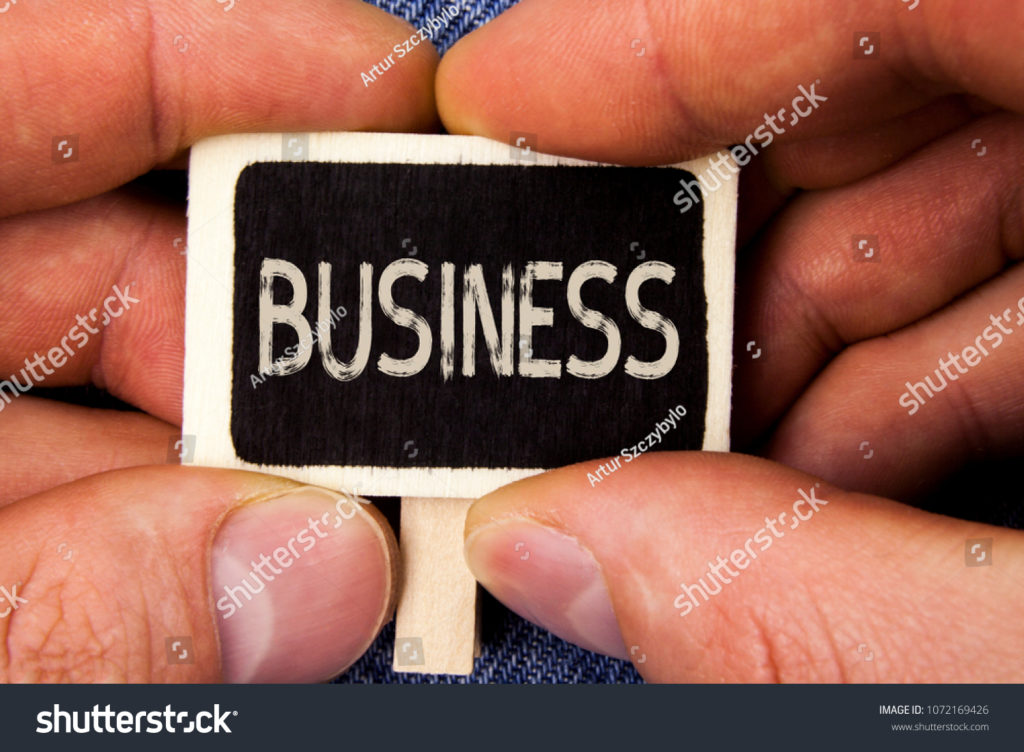The last thing any brand should want is to blend in with the crowd.
So why are so many of them happy to use the same cookie-cutter images as everybody else? Whether you’re using stock images or commissioning a bespoke shoot, here’s how to avoid generic photography – or even worse, losing the trust and respect of your audience.
A picture is worth 94,000 words
Sort of… It depends on how you look at the data. According to Ethos3, content receives 94% more views when it includes an image and is 40% more likely to be shared on social media.
It’s clear that content needs to include at least one image in order to succeed. But tailor-made photography can be expensive and hard to keep up to date as products and trends continue to advance.
No wonder so many brands rely on stock images. They’re quick, and they’re easy. But any solution that’s too easy can soon become a crutch.
Taking stock
When everybody uses the same shortcut, the path becomes muddy.
 Remember Women Laughing Alone With Salad? These eerily repetitive images of blank stares and bland happiness rose to meme-stardom a few years back due to their abundance and redundance.
Remember Women Laughing Alone With Salad? These eerily repetitive images of blank stares and bland happiness rose to meme-stardom a few years back due to their abundance and redundance.
This Uncanny-Valley syndrome is true of any number of stock image cliches, particularly in the world of business and tech.
Take for instance, the classic handshake. You’ve seen this shot a hundred times, or one just like it. It’s an ideal choice for when you really want to say “I knew I needed an image to go here, but couldn’t decide what it should be.”

Or maybe you need something to represent people doing business? You know… Business. Vague business. Make sure the people are pointing at a blank screen, for some reason. It’s also important that some of them smile while some of them frown. Who knows what would happen if the overall emotional temperature went too far one way or the other. Keep it vague!

Now this sure is inspiring! Just look at him go. This faceless little man is literally bridging the gap between the hellscape of “IM” and the mythical Shangri La of “POSSIBLE”. It doesn’t really mean very much. But if I wasn’t convinced of his competence before, I certainly am now! Where do I sign?

Ok, why am I here? Let me just quickly check my notes. Ah yes, that’s right. BUSINESS.

Get real
All of the above is a roundabout way of saying – you need to humanise your photography. If you take the easy route and use the same images as everybody else, your content will fall flat.
Most people are great at detecting insincerity. They can smell blandness a mile away, and it sows the seeds of distrust faster than a farmer in a fib field.
A study by marketingexperiments.com found that ‘real’ photographs outperform stock images by 35% in A/B testing.
But just what constitutes a real photograph anyway?
It doesn’t simply mean ‘not a model.’ You can’t apply a picture of any non-stock image and expect it to achieve great results.
As with all content, context is vital. Otherwise, the result may be a very public blunder, like when Radiohead singer Thom Yorke was erroneously included on the cover of an Iranian publication called ‘Marital & Sexual Problems In Men.’ (Yes, really.)
OK so stock is bad, but can it be good instead?
Sure it can! The important thing is to represent your audience honestly.
Neuroscientist and author David M. Eagleman wrote in his book ‘Sum’;
“Since we live in the heads of those who remember us, we lose control of our lives and become who they want us to be.”
What that means for marketers is that when we depict real people, we owe them a fair representation.
With the images you select, you show your audience who you think they are. If the picture is inaccurate, it hurts. Your well-crafted content will feel like a slap in the face.
But nothing makes people feel more understood than when they know they have really been seen. Try making sure your personas are up to date, for a start.
Representation matters
Let’s try a quick experiment. Open up a new tab in your browser (but keep this one open, we’d hate to see you go!) and do a quick image search for the word ‘man’ or ‘woman’.
What results do you see? Do they look like you? Do they look like the men and women you work with? Do they look like your audience?
For a large percentage of the population, the answers will be ‘no’ across the board. Seeing as images matter so very much (refer to the start of this article if you’ve forgotten why), it’s a big shame not to put in a little effort to try and fix that.
A good rule of thumb is to remember to examine your blind spots. Ask yourself if you’ve chosen images that look like you, or your audience.
Or have you made an assumption of what you think they look like, without actually checking?
It doesn’t take much to show a more varied and human reflection in your work.

Stock that rocks
For those times when you really turn to stock photography, there are a lot of great resources you can use that go beyond just white men in suits (or even an obligatory woman laughing alone with salad).
For high-quality free stock that feels a bit more fresh, try Unsplash. It’s an excellent place to find authentic images in a wide range of environments, contributed by professional photographers.
With Diversity Photos, the clue is in the name. Their library includes stock images showcasing a broad range of ethnicities, body types, ages and more. If you feel like your stock could be more inclusive, this is the place to go.
Another great alternative when looking for free stock is Nappy. Launched as a repository for “beautiful, high res photos of black and brown people”, this site boasts a huge amount of excellent images featuring more diverse models.
Don’t forget to always check the usage rights of any stock imagery, and give credit where required. Thank people for their hard work!
How we can help
We believe in making marketing better with a bold, human approach. We always work hard to help our brands be the best they can be.
If you feel your content could benefit from being less generic and more authentic, why not get in touch to talk to our team?
For more of our latest content, enter your email below and sign up to our newsletter Brilliant Reads.
[hubspot type=form portal=5554216 id=df2ee318-4743-440e-affe-dd29663432b5]

